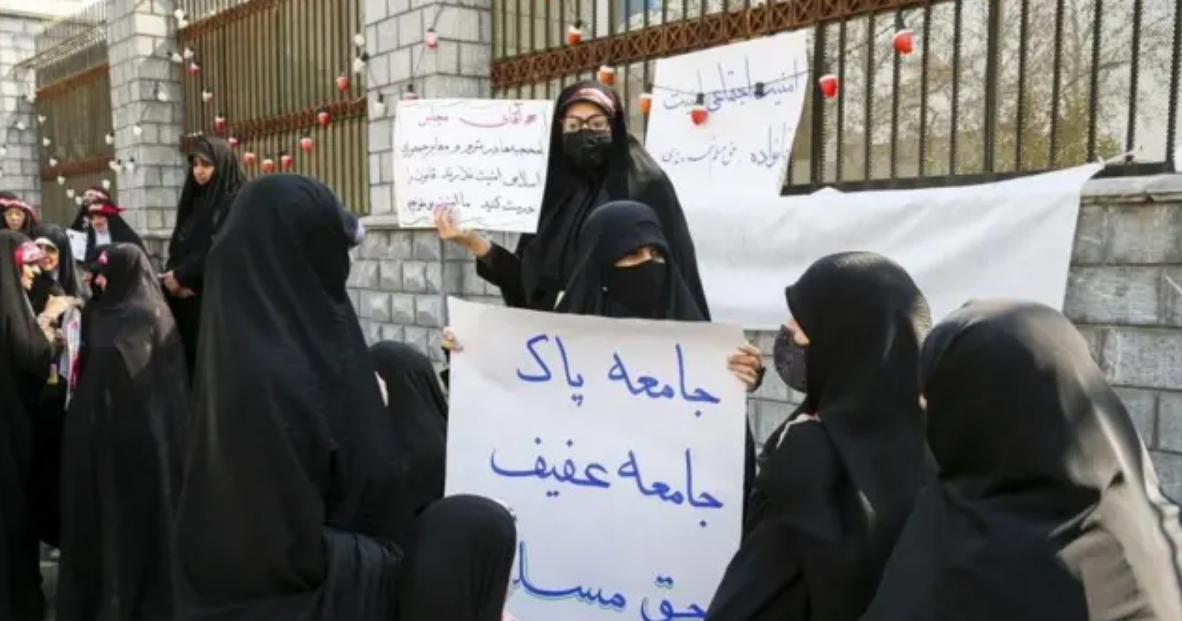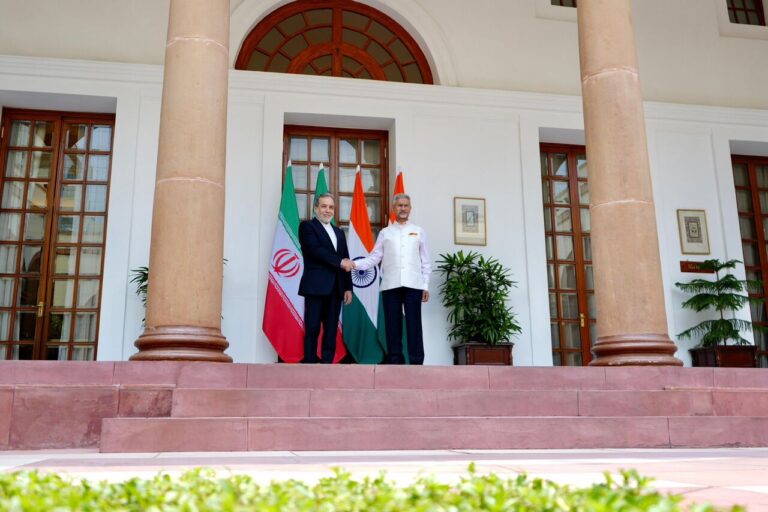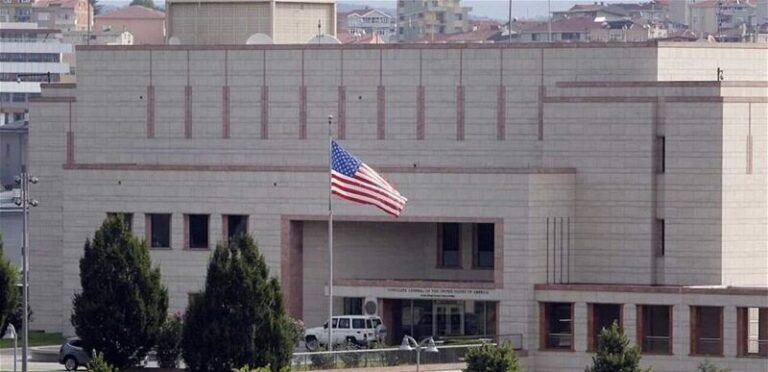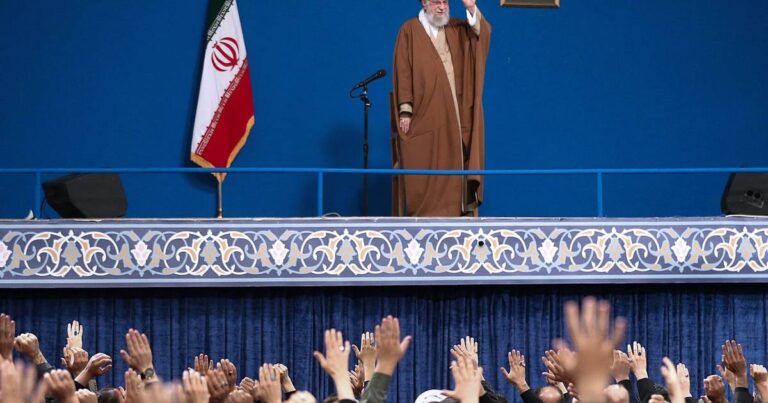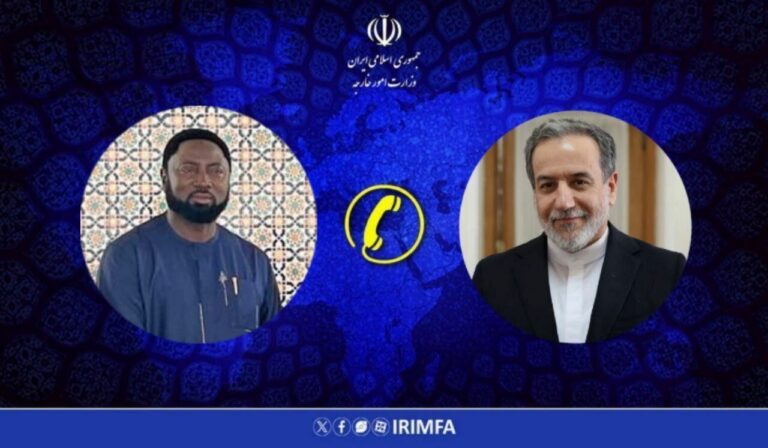Tehran Deputy Governor Justifies Strong Response to Pro-Hijab Sit-In Amid Rising Tensions
The recent events surrounding the mandatory hijab protests in Iran have sparked significant discussions about law enforcement and public gatherings. On Friday, the deputy governor of Tehran, Hossein Khosh-Eghbal, defended police actions taken against protesters outside Iran’s parliament, emphasizing that the sit-in was unauthorized. This incident highlights the ongoing tensions regarding Iran’s hijab laws and the enforcement of public order.
Khosh-Eghbal stated that any outdoor protests or sit-ins require official permission, reinforcing the government’s stance on maintaining public order. “We thank the security and police forces for enforcing the law and maintaining public order,” he remarked. He also indicated that gatherings held without a permit would not go unchallenged and would face legal repercussions.
These comments followed reports from Iranian domestic media about police dispersing the sit-in, which coincided with Quds Day—a day of protest against Israeli actions in Palestine. The protesters had been camped outside the parliament for several weeks, advocating for the enforcement of a new, more restrictive hijab law. This law, passed by parliament in September 2022, increases penalties for violations of Iran’s dress code but has yet to be implemented due to significant domestic opposition and international pressure.
The timeline of the hijab law’s introduction reflects the ongoing struggle for women’s rights in Iran:
- Drafted in May 2023: The law was introduced less than a year after the Woman, Life, Freedom uprising, which was ignited by the death of Mahsa Amini while in police custody in September 2022.
- Widespread Defiance: The law was a response to extensive defiance by women and young girls against compulsory veiling.
- Delayed Enforcement: While passed in September, the enforcement of the hijab law was postponed in December due to the backlash it faced.
Videos circulating on social media depicted the protest site being cleared, with individuals who identified as participants claiming they were forcibly removed by police. Many reported being taken away and later abandoned near Behesht-e Zahra cemetery, the final resting place of Ayatollah Ruhollah Khomeini, located south of Tehran.
The police crackdown on the sit-in has elicited a range of responses from various political figures. Some conservative elements of society criticized the police actions, viewing them as excessive, while government-aligned individuals welcomed the enforcement as necessary to end what they termed an illegal protest.
Khosh-Eghbal urged all political factions loyal to the Islamic Republic to refrain from “divisive and unlawful behavior,” particularly during times of heightened sensitivity. He advised that any demands for change should be articulated “wisely and within the legal framework.” His warning indicated that any unrest could be exploited by hostile groups, further complicating an already delicate situation.
This incident is not isolated but part of a larger narrative regarding the enforcement of women’s rights and the ongoing struggle against strict regulations in Iran. The government’s response to protests highlights the complex relationship between state authority and civil liberties, especially concerning women’s rights.
As the situation continues to evolve, it remains crucial for both national and international observers to monitor the developments closely. The implications of these protests, the government’s response, and the overall treatment of women in Iran will undoubtedly influence the socio-political landscape for years to come.
